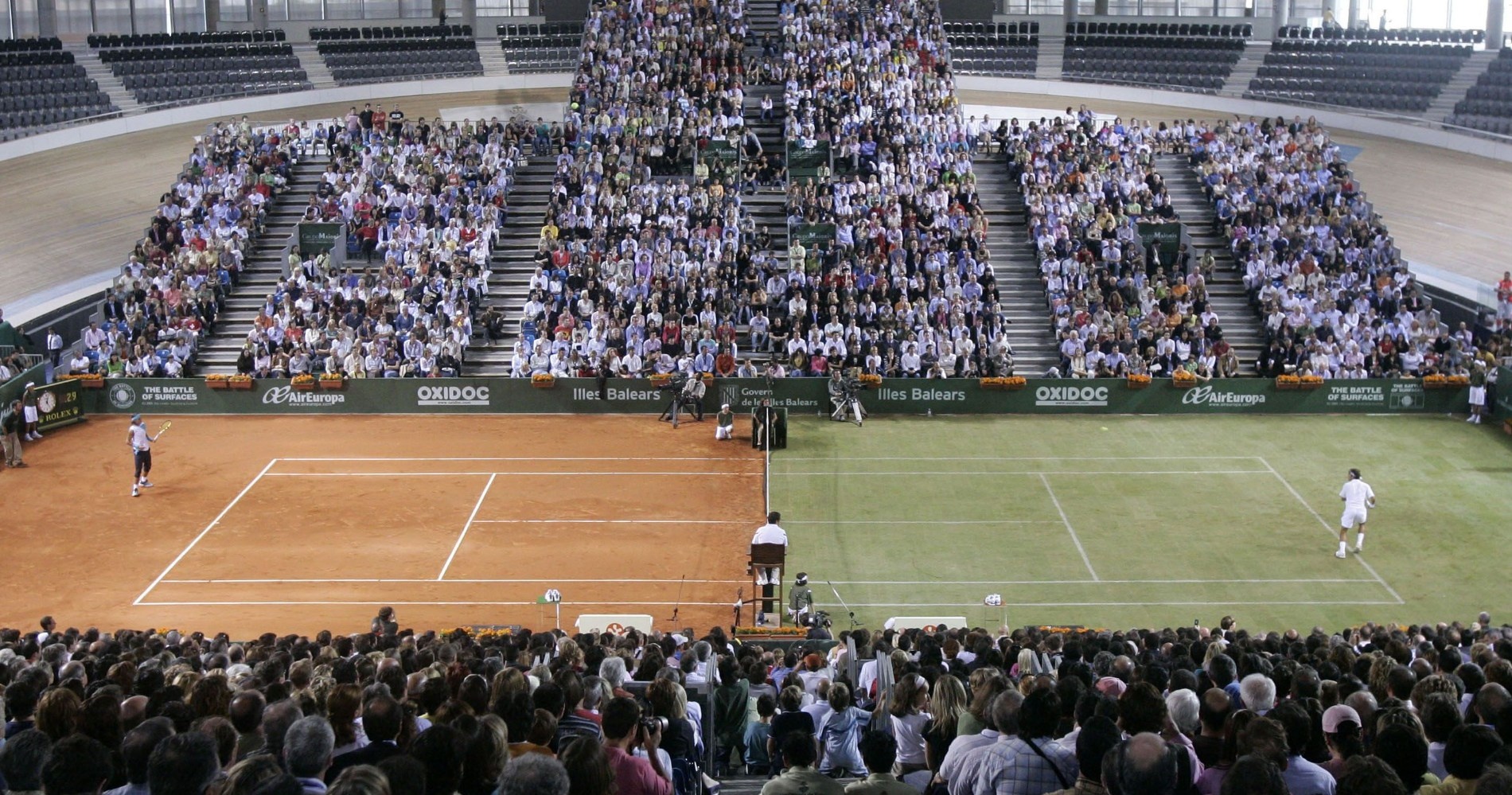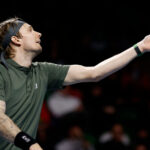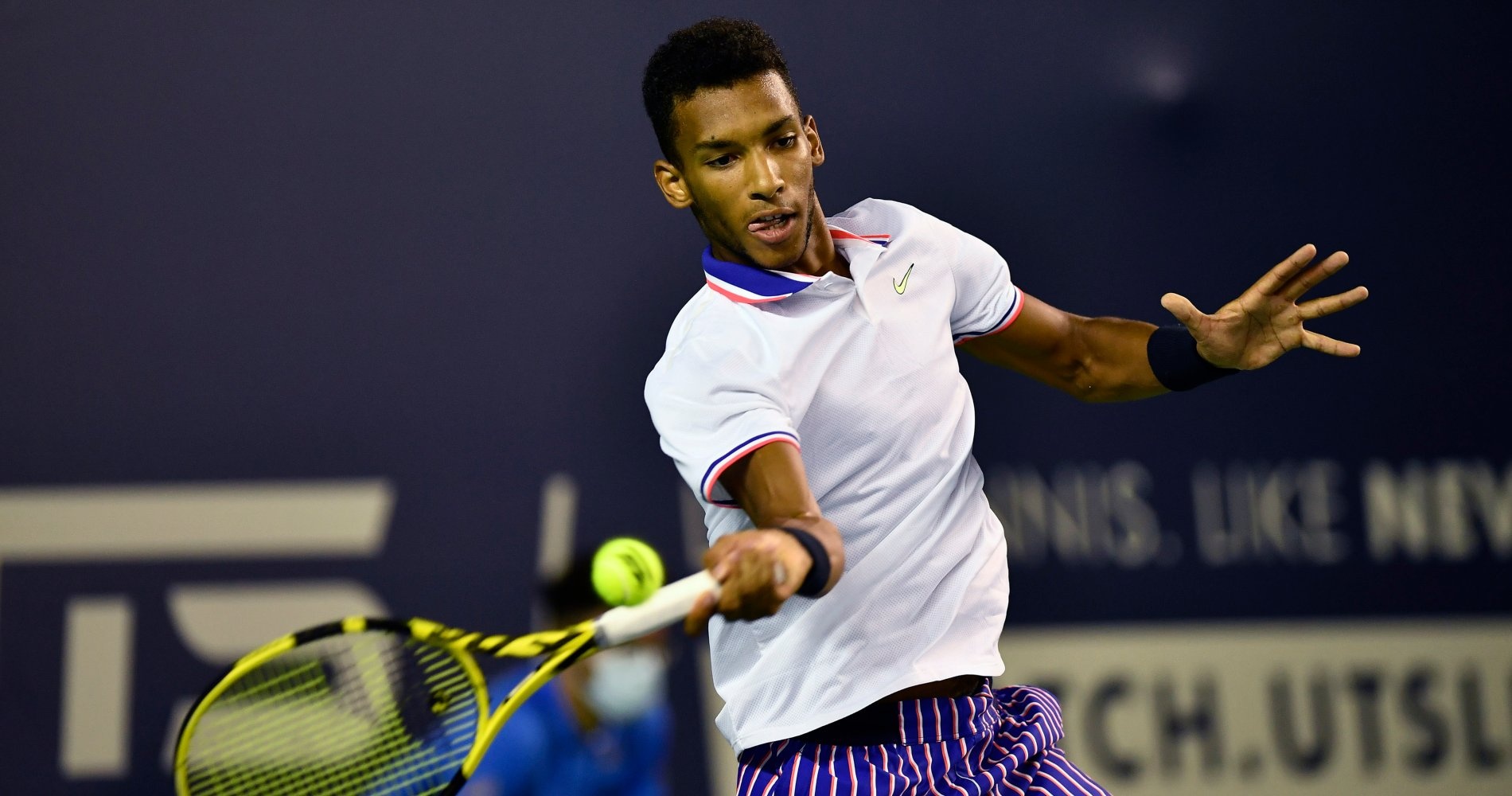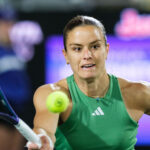Australian Open 2020: Can the ‘Big Three’ be budged? How the men’s title has gained lustre in Melbourne
Will Novak Djokovic land an eighth Australian Open men’s singles title, or could a first-time grand slam champion be crowned in Melbourne?

Stefanos Tsitsipas looks ready. Daniil Medvedev looks ready. Dominic Thiem looks ready.
Men’s tennis is due another grand slam champion, with Marin Cilic at the 2014 US Open being its last first-time winner of a major.
And if that breakthrough moment is going to come anywhere in 2020, then why not in Melbourne at the Australian Open?
After all, Melbourne is where Novak Djokovic won the first of his slams, Stefan Edberg and Jimmy Connors too.
Here is a look at what it takes to win Down Under at the start of the tennis year, what it means, and why the Australian Open has been such an outlier in the history of men’s grand slam tennis.
WHAT MELBOURNE MEANS TO THE PLAYERS STILL WITHOUT A SLAM
Thiem has reached two grand slam finals, losing both to Rafael Nadal at the French Open.
It would be misleading to bundle him in with a Next Gen group, with Thiem now 26 and greatly experienced.
Now, if ever, feels like the time for him to strike, but with the megastar contingent of Nadal, Djokovic and Roger Federer still around, and a pack of players coming up behind, Thiem finds himself almost caught between generations.
He is putting in the hours on the practice courts to give himself every chance, knowing he and several others can now realistically oppose the ‘Big Three’.
Speaking this month at the ATP Cup, Thiem said: “I think we challenged them already a lot. We also beat them especially on Masters 1000 stages and the ATP Finals. I think the last stage we have to conquer is the grand slam stage, and I really think we will see a new grand slam champion in 2020.
“I really hope that it’s me, but you cannot guarantee anything. There are also many other very strong guys who can achieve that. Maybe it’s also not happening and the ‘Big Three’ are taking all four, but we are trying everything to achieve top position, to achieve the biggest titles, grand slam titles. I practised hard in the off-season and I’ll try everything to do my best also next year.”
Dominic Thiem showing strong form as he gets ready for #AO2020 at Melbourne Park.@ThiemDomi | #AusOpen pic.twitter.com/1PLvTciK3C
— #AusOpen (@AustralianOpen) January 14, 2020
THE AUSSIE PUBLIC LOVE A WINNER
Djokovic has won the Australian Open seven times, breaking his grand slam duck there in 2008. No wonder he loves spending time in and around Melbourne, where he always feels appreciated.
He said: “It’s one of the four biggest events in our sport historically, so of course you always give that extra drop of energy that you have, motivation to really do your best. There are various factors why I feel well, but I also feel well off the court.
“I really feel welcomed as a tennis player, because Australia is a country that nurtures a rich tennis tradition and history, and this is the reason why they have one of the four most important events in tennis. People recognise you, come up to you, give you support, and it’s beautiful to be a tennis player in Australia.
“I feel a good vibe. Outside of that, it’s a great lifestyle. You guys are very laid back. It’s nice, because it allows you to kind of unwind a little bit, because it’s a lot of stress being in a grand slam and competing every single day.”
Slam champ vs slam champ
With 8 #AusOpen titles between them, @DjokerNole and @stanwawrinka put each other through the ultimate pre-tournament workout today on Rod Laver Arena. #AO2020 pic.twitter.com/Uwz2JTmcjm
— #AusOpen (@AustralianOpen) January 17, 2020
WHEN THE STARS STAYED AWAY
There is no getting away from the fact this was once an unpopular tournament with the world’s elite players.
Bjorn Borg played the Australian Open once, reaching round three as a 17-year-old in 1974, while John McEnroe made only sporadic visits. Connors entered twice, taking the title in 1974 and finishing runner-up a year later, and never returned.
Given the Australian Open was played on grass at the Kooyong Lawn Tennis Club from 1972 to 1987, it is massively plausible that all three could have won several Australian Open titles and substantially boosted their positioning on the list of all-time grand slam champions, had they turned up.
What kept them away? Prize money was relatively low, the tournament was scheduled around Christmas and New Year from 1972 to 1981, some disliked the venue and felt it inferior to the other slams, and Australia was such a dang long distance from home.
What an opportunity, then, to become a grand slam winner for those that showed up. First-time major winners from 1976 to 1981 in Melbourne included Mark Edmondson, Roscoe Tanner, Vitas Gerulaitis, Brian Teacher and Johan Kriek.
BE MORE LIKE ANDRE
Andre Agassi stood by the baseline, arms aloft, looking across at coach Brad Gilbert in the players’ box. Agassi had just aced Pete Sampras to triumph at the 1995 Australian Open.
This showy American, a product of Las Vegas, had achieved the feat in a patterned maroon bandana, beach-bum long shorts and a fussily-designed polo shirt surely two sizes too large, the sort yer da might have ‘rescued’ from the charity shop and yer ma might have quietly returned from whence it came. The earrings and the goatee beard spoke of a new millionaire going through some kind of rebellion stage; frankly, he looked better suited to carrying a cutlass than a tennis racket.
None of this diminished the achievement, as Agassi celebrated his third grand slam title. Yet the reality was he was almost embarrassed to be there.
Nine years earlier Agassi had played his first US Open, in 1992 he had conquered Wimbledon, but this was his very first trip to Melbourne Park.
Like many before him but few after him, Agassi simply didn’t fancy it. Roland Garros, Wimbledon, Flushing Meadows. They were the venues that held mystique to Agassi.
Years later, he would say: “When I came down in ’95, I’d been a pro already, what, nine almost 10 years. I came down here with the full expectation that I wouldn’t get a lot of love because I didn’t earn it.
“But they embraced me. I appreciated the sporting spirit and certainly thrived in the conditions. From that moment, it was a big regret of mine to not have spent more time here.”
Agassi may not have won the first slam of his career in Melbourne, but he triumphed on his maiden visit and added three more titles, with the contrition he showed at having snubbed Australia for so long proving genuinely endearing.
#USTA OTD 1995: @AndreAgassi won an all-American clash against Pete Sampras 4-6, 6-1, 7-6(6), 6-4 in the Australian Open final. This would be the first of four AO titles for Agassi (also 2001-’02, ’03). pic.twitter.com/e5Vssb1Al1
— USTA (@usta) January 29, 2019
THE UNDERDOG CAN HAVE HIS DAY
The Federer-Nadal-Djokovic stranglehold on the majors has been only briefly threatened, with Stan Wawrinka making his one appearance in the Melbourne final count in 2014, when he overcame an injury-hampered Nadal.
Andy Murray reached five Australian Open finals but lost the first to Federer and then four to Djokovic, yet Wawrinka seemingly struck lucky.
“I never expected to play a final. I never expected to win a grand slam. And right now I just did it,” said the disbelieving Swiss, who went on to add French and US Open titles to his tally. “It shows me I’ve been doing the right thing for many years. That if you practise well, if you work hard, you will always have a chance to be in a great position to play your best tennis.”
Thomas Johansson was an even more improbable winner when he landed the 2002 title, the Swede a good, honest professional who held his nerve while the cream of that year’s crop fell early.
“These two weeks, they’ve been the best two weeks in my life,” Johansson said. “It was unbelievable and I don’t have words to say how happy I am. I never thought that I was going to be a grand slam winner.”
The Czech left-hander Petr Korda, who beat Marcelo Rios to reign in Melbourne in 1998, earning his first grand slam, was out of the game for good just months later.
Korda failed a drugs test at Wimbledon in the same year and picked up a ban, but his name remains on the Australian Open honours board, where come February 2 of this year a new name could be etched.
Perhaps more likely is that a familiar story will unfold – Djokovic and Nadal start as favourites with the bookmakers – but Australia has thrown up surprises in the past.
Tsitsipas, Medvedev, Thiem. All in the mix this time. Nick Kyrgios, Andrey Rublev, Alexander Zverev. Make no mistake, lesser players than these have triumphed.





